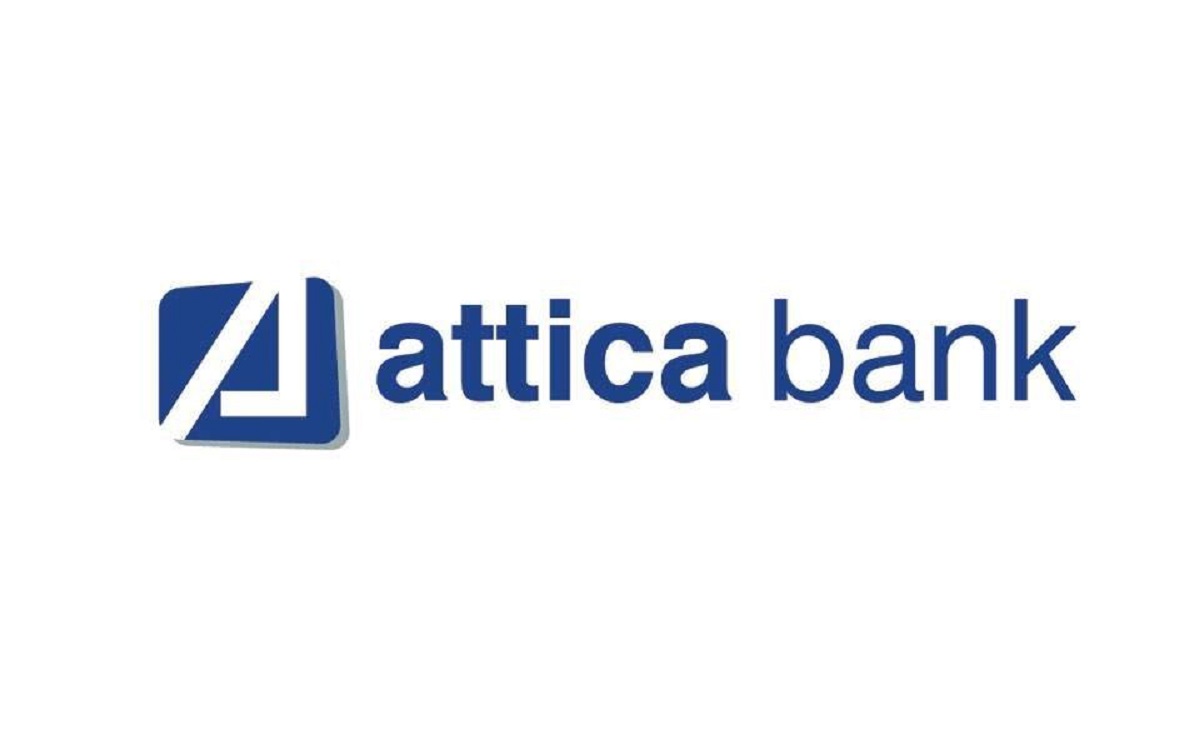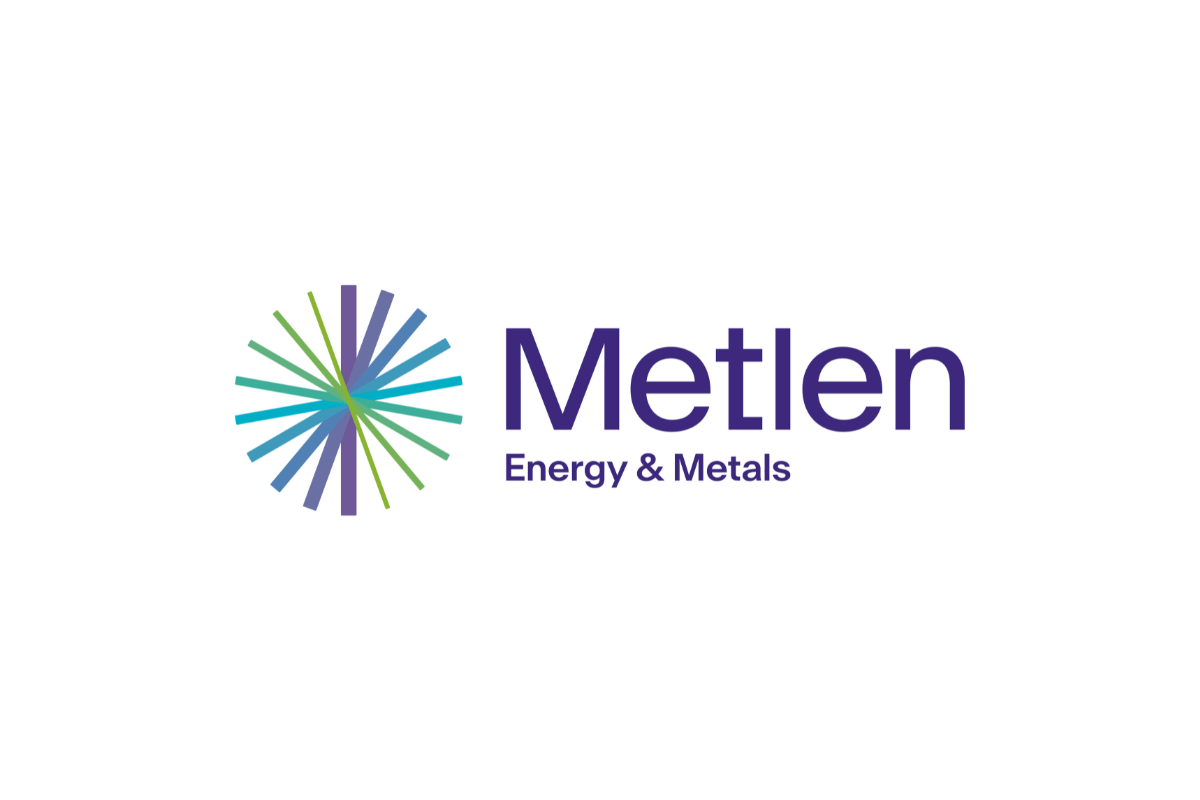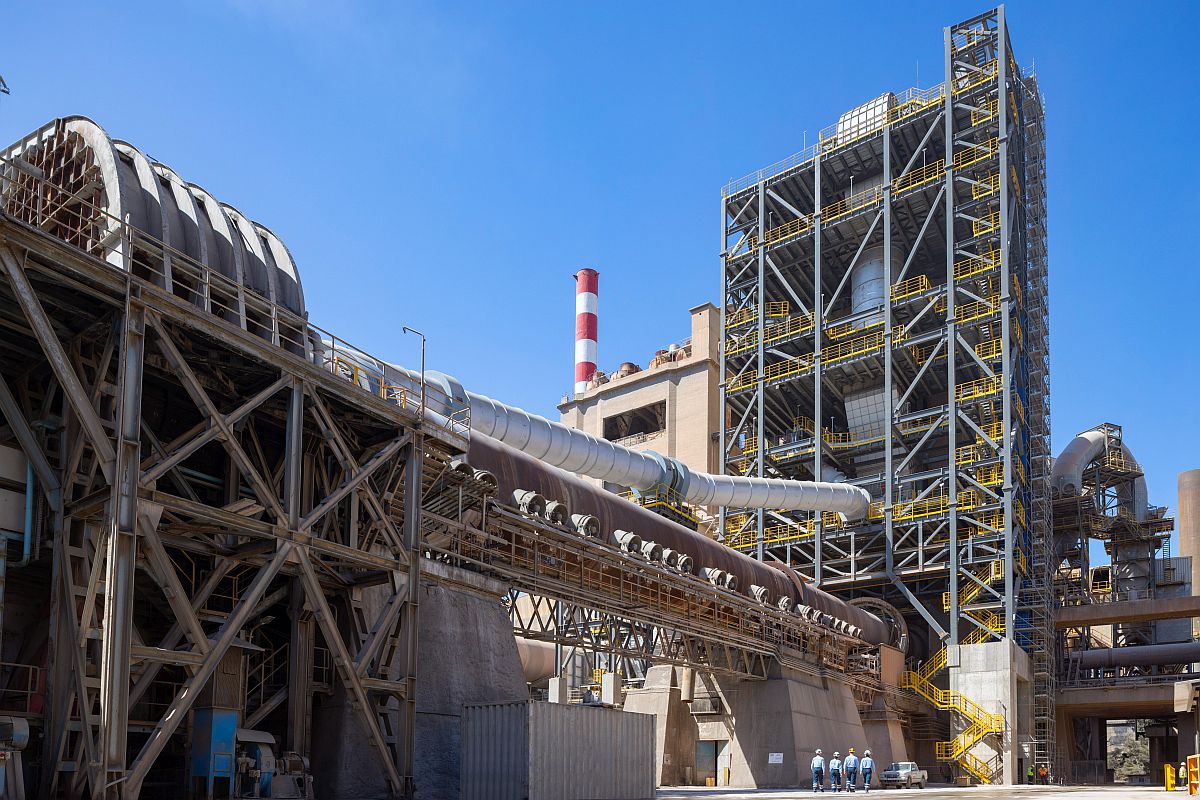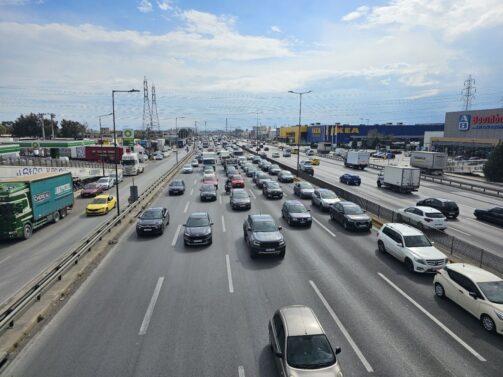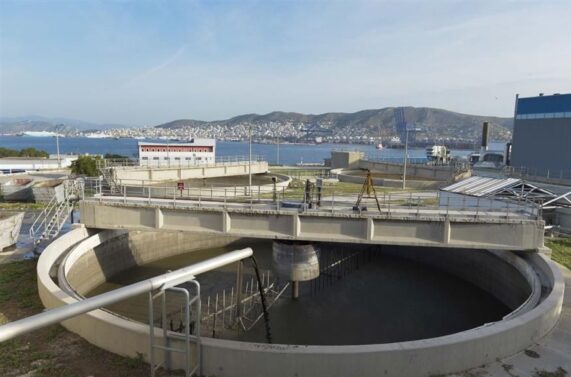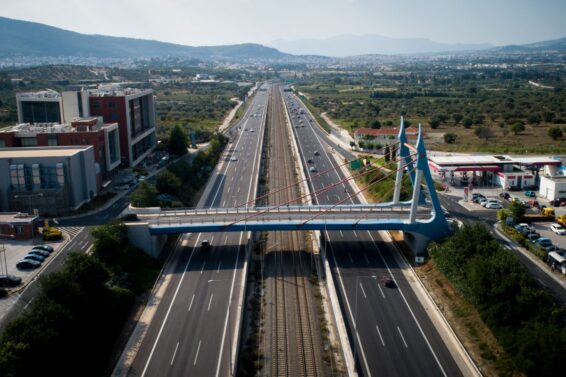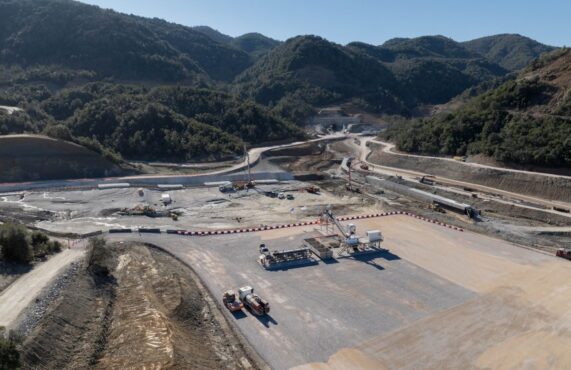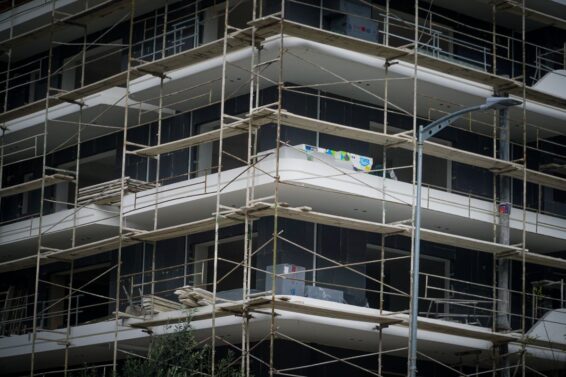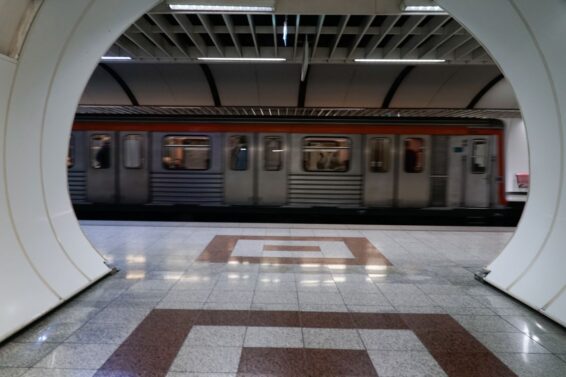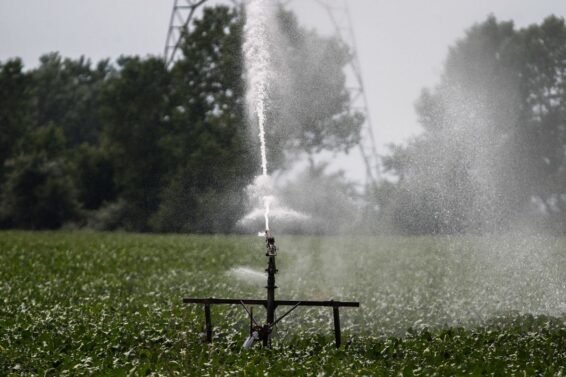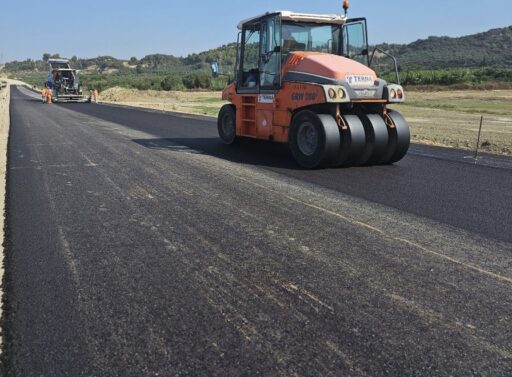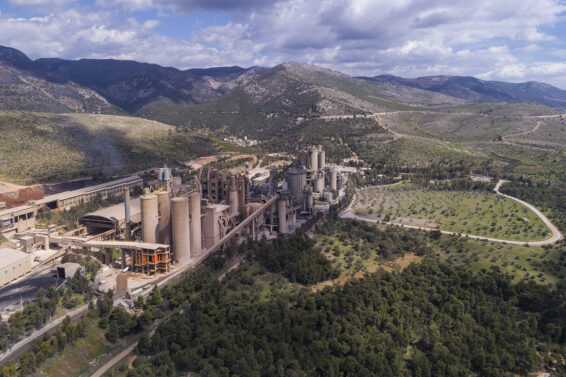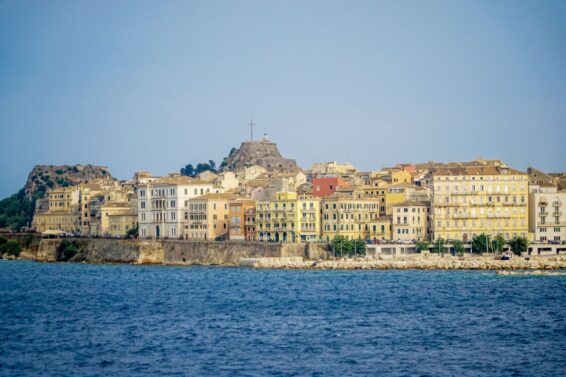USA: National passenger operator Amtrak has sought to calm concerns about budget cuts affecting its inter-city passenger services in the wake of federal government budget proposals presented by President Trump on March 16.
Speaking at the ‘Future Railway Organisation’ seminar arranged by consultancy Steer Davies Gleave in London on March 29, Amtrak Executive Vice-President Stephen Gardner suggested that there was little immediate cause for concern over the future of its network.
The Trump proposals envisage restricting federal support for Amtrak, effectively leaving the company to focus on its profitable Northeast Corridor business and passenger services funded by individual states. If enacted, the budget proposals would remove funding for Amtrak’s 15 long-distance trains, ending passenger services in 23 of the 46 states the national operator currently serves.
Gardner reflected that numerous administrations had threatened to ‘zero out’ all Amtrak funding since it was established in 1971, but these measures had never been fully adopted by Congress. ‘The cost and logistical complexity of removing these trains would be prohibitive, we feel’, he said. ‘There is a reason that they have survived through recent decades’ he added, pointing out that they have an important role serving intermediate markets. He suggested that, once a route had ceased, any attempt to ‘go back in’ in the future would cost ‘at least $1bn’.
Amtrak has for the first time been included in the FAST surface transportation legislation passed in Congress in December 2015, covering the 2016-21 period. This gives it a greater degree of institutional stability. ‘The most likely outcome is that the status quo will prevail’, Gardner believes.
He also painted a cautiously upbeat picture of plans to modernise and increase capacity on the Northeast Corridor, which links Boston with New York City and Washington, DC, suggesting that ‘a new era of co-operation’ had taken root following the creation in 2008 of the NEC Commission to examine the future of the route. This brought together Amtrak, the federal Department of Transportation and the various states, freight railroads and commuter agencies that own and operate over sections of the 735 km corridor.
Suggesting that around $20bn of investment in the railway has now broadly been agreed by the various NEC stakeholders, Gardner said he was ‘generally happy’ that the NEC upgrading programme endorsed by the Federal Railroad Administration in December last year would deliver ‘the two-track railway we need’ for inter-city and premium Acela Express services.
The planned Gateway Programme to increase capacity between New Jersey and New York is also making progress through the planning process, Gardner told Railway Gazette. Detailed design work on a second rail tunnel under the Hudson river and replacement of swing bridges at Hackensack would continue alongside efforts to finalise a funding package. The programme is being overseen by the Gateway Development Corp partnership of Amtrak, DoT and the states of New York and New Jersey. Gardner hoped that trans-Hudson tunnelling work could begin ‘before the end of the decade’.
Gardner also welcomed the development of private sector inter-city passenger services in the USA, including the Brightline service in Florida and the planned Texas Central high speed project. ‘Naturally we see that as an endorsement of the rail mode, and we welcome the addition of services able to showcase the latest in rail technology’, he said, adding that Amtrak welcomed investment in the domestic rolling stock supply chain. Nevertheless, he was cautious about how far these examples could be replicated across the country. ‘They are two specific case studies that work in those locations. I’m not sure if I see read across to other routes’, he said.
Source: railwaygazette.com
ΜΗΝ ΞΕΧΑΣΕΤΕ
- Ακολουθήστε το ypodomes.com στο Google News και μάθετε πρώτοι όλες τις ειδήσεις για τις υποδομές στην Ελλάδα
- Αν είστε επαγγελματίας του κλάδου, ακολουθήστε μας στο LinkedIn
- Εγγραφείτε στο Ypodomes Web TV

